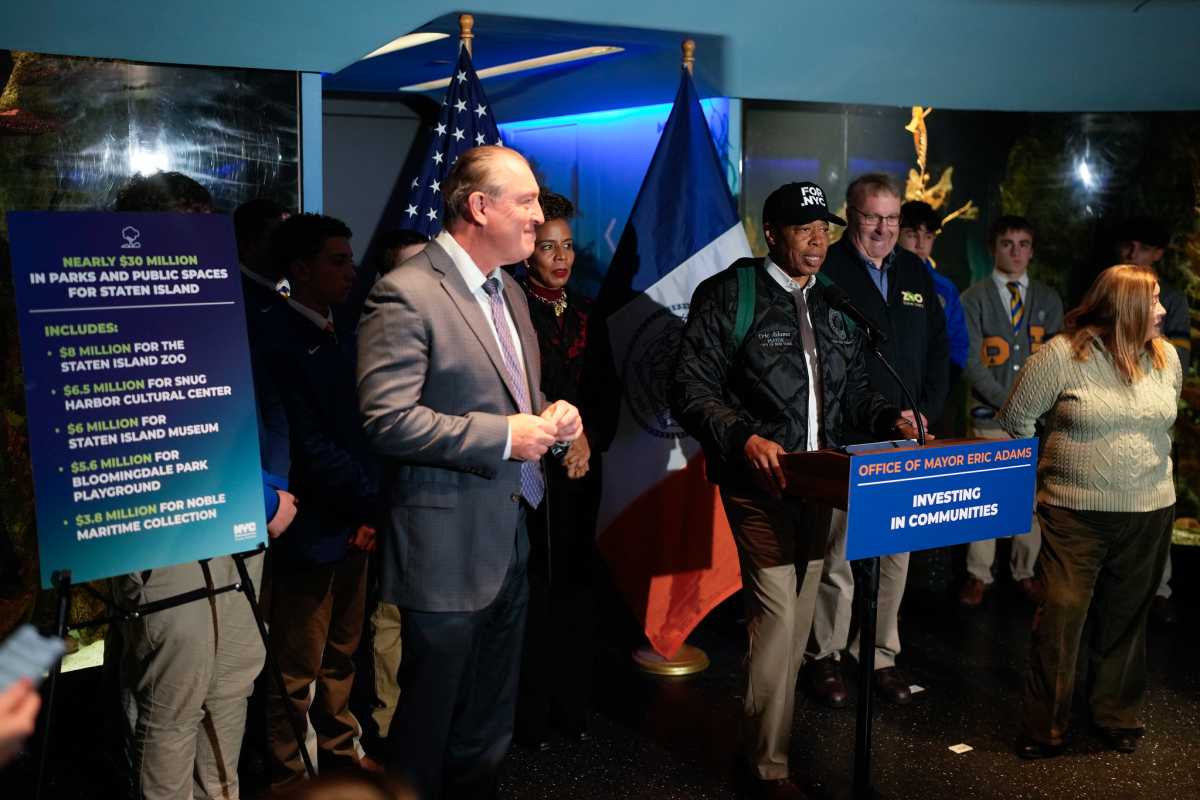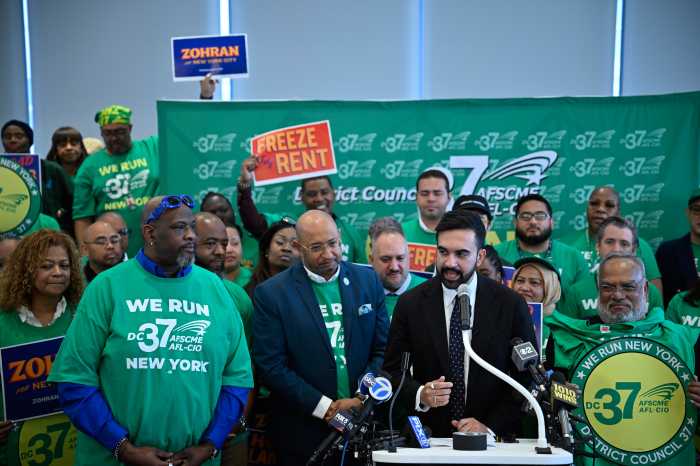In view of the increased jet noise over the New York metro area, I thought your readers might be interested in how several large cities in Asia have dealt with this problem.
For decades, Hong Kong had a downtown airport, Kai Tak, that was like LaGuardia Airport: situated in the heart of a densely populated area (Kowloon) with jetliners roaring in nonstop over the tops of apartment and office buildings.
Eventually, Hong Kong decided enough was enough and built a huge, new airport on landfill on one of Hong Kong’s outer islands, Lantau. Then Kai Tak was closed. It is a good distance from the new airport to the main parts of Hong Kong, but the people of Kowloon and central Hong Kong are no longer bombarded by incessant jet noise and the ever-present risk of an airline crash.
Moreover, visitors to Hong Kong go through a new airport, a more attractive gateway than the rundown Kai Tak. I went through the new airport last year and was impressed — remarkable that someone can be impressed by an airport, but that was my feeling.
Here is the kicker: It was done in six years.
Osaka, Japan, also created an island for a new airport away from central Osaka, thus sparing residents the noise and air pollution from increased jet traffic. This project was also accomplished quickly. Tokyo put a new airport, Narita, outside the main city more than 30 years ago.
In Singapore, a new airport was built at Changi Point, about as far from downtown Singapore as you can get. It is also right on the water.
New York City is on the water and there are many possible offshore locations for a new airport, from Sandy Hook to the Rockaways.
A number of years ago an offshore airport was proposed for New York and New Jersey, but the proposal never got traction. Perhaps it is time for our local officials, the Port Authority and the Federal Aviation Administration to take another look at this idea.
Construction of an offshore airport with underground high-speed rail or highway links would provide large numbers of jobs and related economic development. We could expect even more travelers and less noise and air pollution over Queens, Brooklyn, the Bronx and New Jersey.
Peter Rutledge
Bayside
































